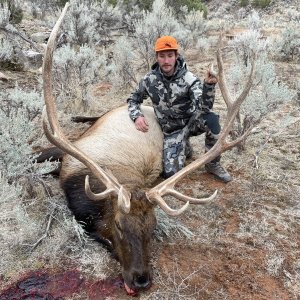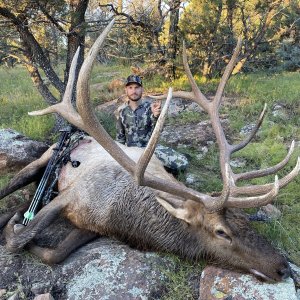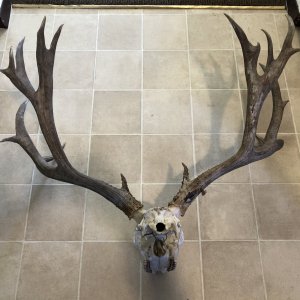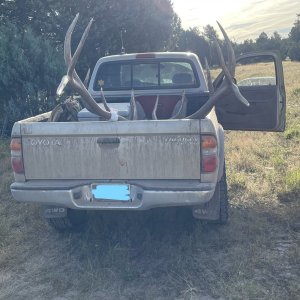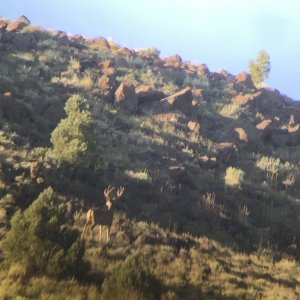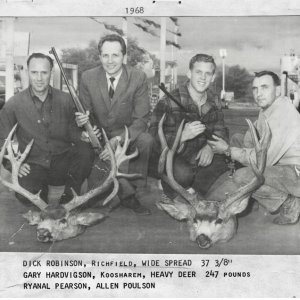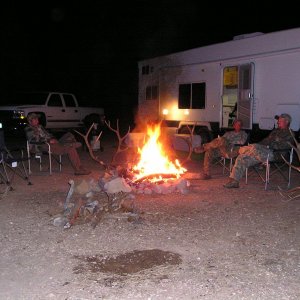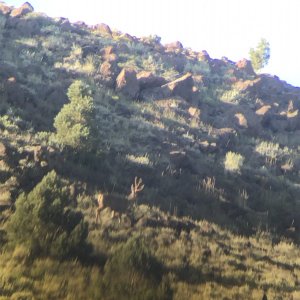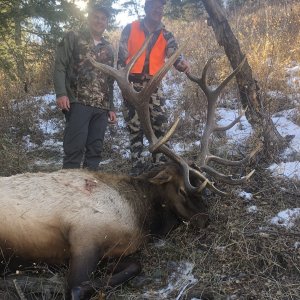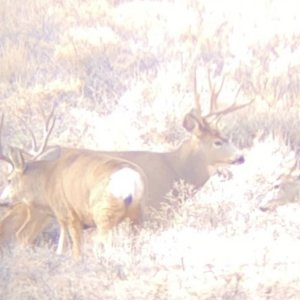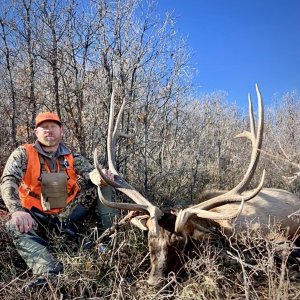OutdoorWriter
Long Time Member
- Messages
- 8,340

From AZ G&F:
Jaguar conservation has just experienced an exciting development with the capture and collaring of the first wild jaguar in Arizona by the Arizona Game and Fish Department.
The male cat was incidentally captured Wednesday in an area southwest of Tucson during a research study aimed at monitoring habitat connectivity for mountain lions and black bears. While individual jaguars have been photographed sporadically in the borderland area of the state over the past years, the area where this animal was captured was outside of the area where the last known jaguar photograph was taken in January.
The jaguar was fitted with a satellite tracking collar and then released. The collar will provide biologists with location points every three hours. Early tracking indicates that the cat is doing well and has already travelled more than three miles from the capture site.
The data produced by the collar will shed light on a little-studied population segment of this species that uses southern Arizona and New Mexico as the northern extent of its range.
"While we didn't set out to collar a jaguar as part of the mountain lion and bear research project, we took advantage of an important opportunity," says Terry Johnson, endangered species coordinator for the Arizona Game and Fish Department. "More than 10 years ago, Game and Fish attempted to collar a jaguar with no success. Since then, we've established handling protocols in case we inadvertently captured a jaguar in the course of one of our other wildlife management activities."
The jaguar plan, which was created in consultation with other leading jaguar experts, includes a protocol for capture, sedation and handling in the event a cat was captured.
Biologists are currently working on an identification analysis to determine if the collared jaguar is Macho B, a male cat that has been photographed by trail cameras periodically over the past 13 years.
The collared jaguar weighed in at 118 pounds with a thick and solid build. Field biologists' assessment shows the cat appeared to be healthy and hardy.
The species has been protected outside of the United States under the Endangered Species Act since 1973. That protection was extended to jaguars within the U.S. in 1997, the year after their presence in the Arizona and New Mexico borderlands was confirmed.
"We issued a permit under the Endangered Species Act to radio collar a jaguar if the opportunity presented itself," said Steve Spangle, the U.S. Fish and Wildlife Service's Arizona field supervisor. "Gathering habitat use information and learning whether and how the cat is moving in and out of the United States may be essential to jaguar conservation at the northern edge of their range."
In 1997, a team was established in Arizona and New Mexico to protect and conserve the species. The Jaguar Conservation Team (JCT) began working with Mexico two years later, recognizing that the presence of jaguars in the United States depends on the conservation of the species in Mexico.
Trail cameras and field monitoring are carried out by the Borderlands Jaguar Detection Project, a group that works in cooperation with the JCT.
Jaguars once ranged from southern South America through Central America and Mexico and into the southern United States. By the late 1900s, jaguars were thought to be gone from the U.S. landscape, but two independent sightings in 1996 confirmed that jaguars still used Arizona and New Mexico as part of the northern most extent of its range.
Jaguars are the only cat in North America that roars. They prey on a variety of mammals, fish, birds and reptiles. Individuals in the northern population weigh between 80-120 pounds. Females breed year-round and have litters of one to four cubs that stay with their mother for nearly two years.
This conservation effort is funded in part by the Heritage Fund and Indian gaming revenue. Started in 1990, the Heritage Fund was established by Arizona voters to further conservation efforts in the state including protecting endangered species, educating our children about wildlife, helping urban residents to better coexist with wildlife and creating new opportunities for outdoor recreation. Funding comes from Arizona Lottery ticket sales.
TONY MANDILE

How To Hunt Coues Deer




